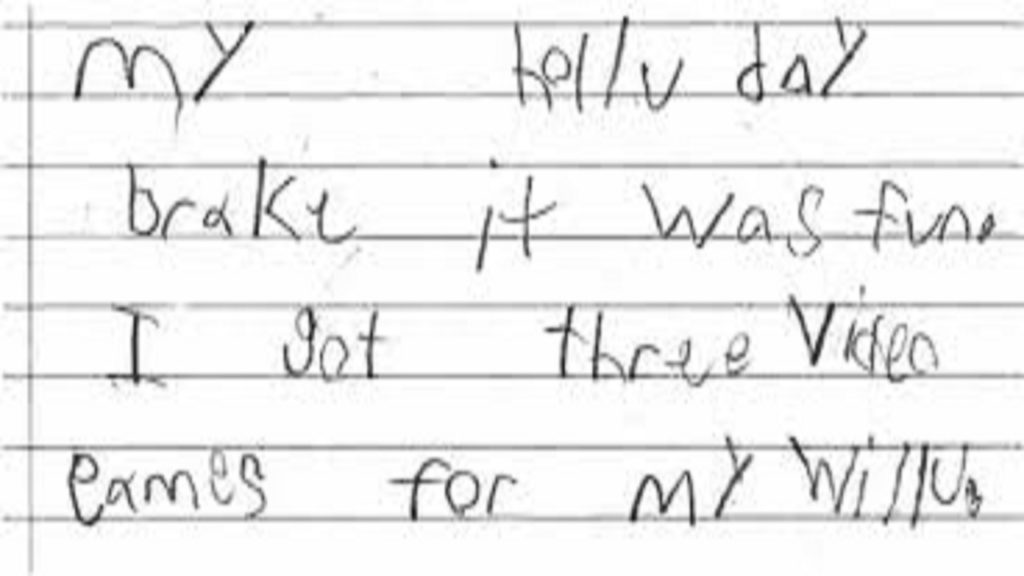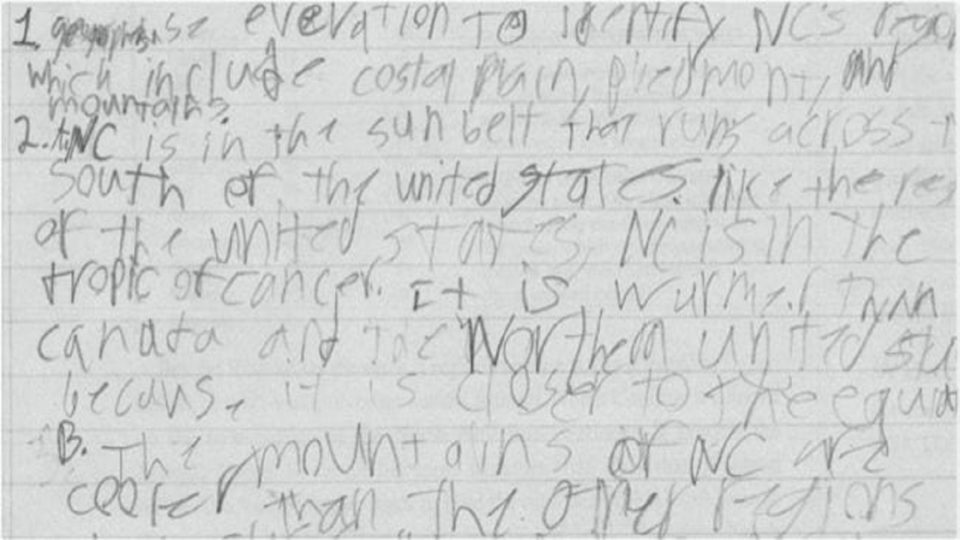A Paper Presented By Pharm. Chioma Chukwukwuo At Opinions From Africa Research Department (#ResearchwithPet)- During An Online Conference On Learning Disabilities Encountered By Children.
Host – Jidechukwu Angela Nwabueze
DYSGRAPHIA
Learning to write words and sentences clearly and correctly is a key focus of a child’s elementary school years. All young kids have some difficulty when it comes to writing or perfecting penmanship. But if your child’s handwriting is consistently distorted or unclear, that may be caused by a learning disability called dysgraphia.
What then is dysgraphia? This is a nervous system problem that affects the fine motor skills needed to write. It makes it hard for a child to perform handwriting tasks and assignments. Health insurers and most doctors call this condition “impairment in written expression.”
This learning disability also makes it hard to write and think at the same time. Creative writing tasks are often especially hard.
CAUSES OF DYSGRAPHIA
Scientists are not sure why dysgraphia happens in children. In adults, it’s sometimes related to a brain injury. In kids, this learning disorder usually occurs along with other learning disabilities such as ADHD and dyslexia.
SYMPTOMS OF DYSGRAPHIA
- Kids with dysgraphia have unclear, irregular, or inconsistent handwriting, often with different slants, shapes, upper- and lower-case letters, and cursive and print styles.
- They also tend to write or copy things slowly. Parents or teachers may notice symptoms when the child first begins writing assignments in school.

Other signs of dysgraphia to watch for include:
- Cramped grip, which may lead to a sore hand.
- Difficulty spacing things out on paper or within margins (poor spatial planning).
- Frequent erasing
- Inconsistency in letter and word spacing.
- Poor spelling, including unfinished words or missing words or letters.
- Unusual wrist, body, or paper position while writing.
DIAGNOSIS
The first step is for your child’s pediatrician to rule out any other diseases or conditions that could cause writing difficulties. A licensed psychologist trained in learning disorders can diagnose dysgraphia. This could be your child’s school psychologist.
The specialist will give your child academic and writing tests that measure his ability to put thoughts into words and his fine motor skills. For instance, he may be asked to tap his fingers or turn his wrist a certain way.
Your child also may be asked to write sentences or copy words and letters. The specialist will look at his:
- Finished work
- Hand and body position
- Pencil grip
- Posture
- Writing process

TREATMENT
Treatment varies from child to child and depends on whether he has any other learning disabilities or health conditions. However, there’s no cure for dysgraphia. Medication used to treat Attention Deficit/Hyperactive Disorder has helped with dysgraphia in some kids who have both conditions.
How Can I Help My Child with Dysgraphia?
Here are some things you can try:
- Have your child use wide-ruled paper, graph paper, or paper with raised lines to help with letter and word alignment.
- Try pencil grips or other writing aids for comfort.
- Let her use a computer to type instead of write, and teach typing skills early.
- Don’t criticize sloppy work. Praise her hard work and offer positive reinforcement.
- Acknowledge the condition and talk to your child about it.
- Teach her ways to relieve stress before writing. For example, have her shake or rub her hands together quickly.
- Let her squeeze a stress ball to improve hand-muscle strength and coordination.
- Talk to your child’s teacher about her condition and needs at school. She may qualify for special education services and an Individualized Education Program (IEP) or other special assistance. These documents detail your child’s needs and give the school ways to help her. Some things you might ask for include:
- Shorter writing assignments or different questions from her classmates.
- Use of a computer to type instead of write.
- Copies of the class notes to limit writing work.
- Use of a voice-to-dictation machine or another electronic note taker.
- An option to record the teacher’s lectures.
- Video or audio reports instead of written homework assignments.
- Oral instead of written exams
In as much as the cause of the dysgraphia disorder is unknown, they do have various strengths which can also vary from one child to another. Those strengths include:
- Good problem solvers
- Creative
- Observant
- High levels of empathy
- Excellent big-picture thinkers
- Good at making connections
- Strong narrative reasoning
- Three-dimensional thinking.
SOURCE: WebMD
Continue reading on Non-Verbal Learning Disabilities




